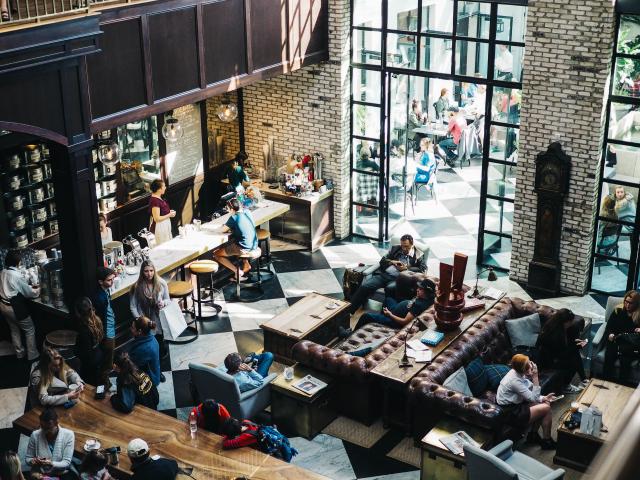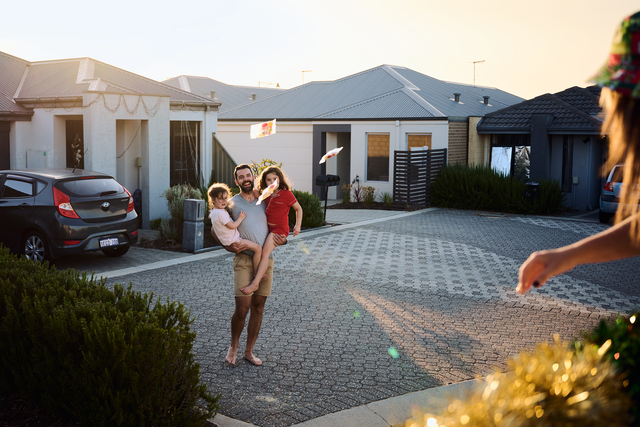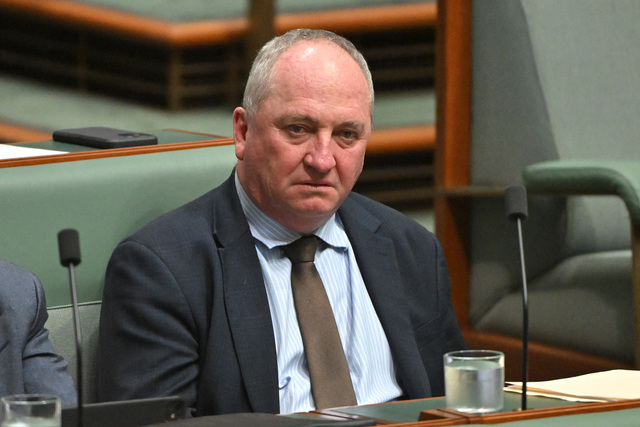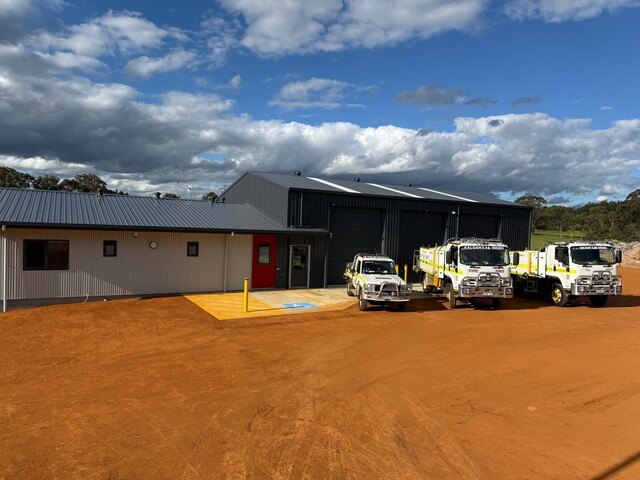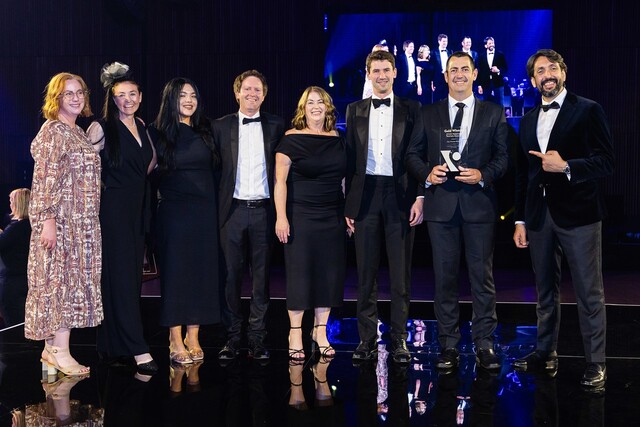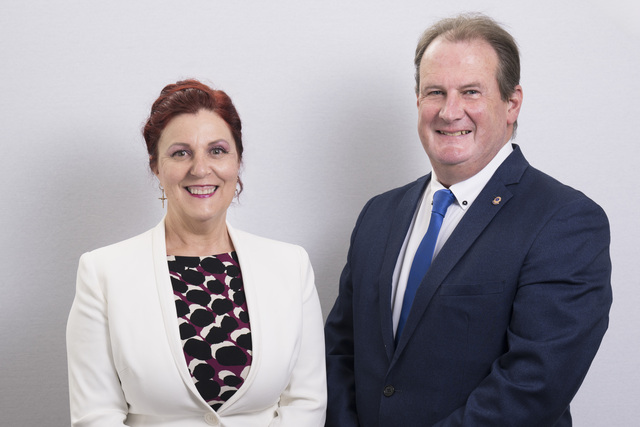Sydneysiders love to denigrate Melbourne as the Bleak City – bleak weather, grey buildings, insular people. Perhaps due to competitive rivalry and paranoia?
Anyway, a Sydney-based lady designs and sells lovely coffee cups (www.munchi.com.au) and last month she did a promotional run through Melbourne and environs. Since I’m her father, I went along as driver/security.
What an eye-opener! All those inner-suburbs like Carlton, Collingwood, Thornbury, Coburg, Fitzroy etc. are really snazzy these days. They’re literally jumping with creatives drinking coffee. The old factories have been demolished or upgraded into medium-density housing and commercial offices. And scary old HM Pentridge Prison has given way to nicely-designed apartment blocks, with some remaining bluestone walls and guard towers to enhance the visual effect.
My daughter, who has never spent much time in Melbourne, remarked on the nice vibes generated in these communities, and the good fit between local businesses, homes, schools, transport systems, pubs etc. It’s surely a testament to a succession of urban design professionals and past planning ministers like Evan Walker with his vision for Southbank. Did Melbourne University and RMIT perhaps provide the spiritual base? And who is responsible for the stunning building architecture these days at Monash University?
Bayside suburbs
Then down to the smug beachside areas of St Kilda, Brighton, Elwood and Beaumaris where a hilarious indifference – verging on arrogance – permeates almost every social interaction. The bathing pavilions, pastel-shaded bathing sheds and health facilities integrate nicely with the coffee outlets and fish ‘n’ chip shops.
The next day it dawns on me. Melbourne has somehow created an urban density model that other cities – including regional cities – should emulate. Take Canberra, it has a certain uniqueness but its liveability is reduced by the lengthy commutes due to the suburban sprawl, 12-15 shabby suburban shopping centres populated by tattoo parlours, pet shops etc., and a general lack of connectedness. Our new light rail system will make an improvement, but the national capital is crying out for ‘density’, and the sense of community that comes with it.
Mornington Peninsula
And then onto Frankston, Mt Eliza, Mornington, Rosebud, Sorrento and Portsea. After so many years away, it’s a revelation to talk to the locals within its two-tier economy.
One tier is represented by wealthy retirees and Melbourne yuppies with weekenders, with tradies hanging off their coat-tails. An outdated tax system is surely the driver. Beer prices are at stratospheric levels. Excellent sporting facilities for those with the time and money.
The second tier is represented by the clothing boutiques, fast food outlets, op-shops, giftware stores. Sure, these businesses have their ups and downs in line with the seasons, but there is a pervasive gloom. Shopkeepers in Mornington for example are trimming their sails – a couple of shop-owners were adamant that a recession is on the way.
The town of Sorrento (pop. 2,000 in the low season) is my pick. A sheltered beach on Port Phillip Bay, a wonderful streetscape, classy shops, nice parks and a ferry across to Queenscliff. A nicely integrated town.
The take home message is that Melbourne is arguably our best city. It comes close to nailing ‘medium density’ and community connectedness. While housing developments are in full swing in the outer suburbs, there are welcome signs of self-contained villages emerging within that sprawl.
Ukrainian refugees – a great opportunity for Australia’s regions
About a month ago a friend invited me to donate via GoFundMe, to help a Ukrainian refugee family pay for rental accommodation in Canberra. I’m advised that $8,000 was raised within a few weeks.
It got me thinking about the potential to settle Ukrainian refugees in regional Australia, especially in communities that are crying out for labour and have affordable accommodation.
I thus emailed a sample of our Cockatoo members and got some very positive replies.
One was from a council in the Murray Valley that has a mineral sands mine starting in 2025, with the need for 400 staff. The council officer said ‘it would be great to host these people in a positive situation’. This of course is the way to look at it – not dumping them somewhere without any job prospects. And the Ukrainian workforce has a long history in mining and agriculture, so there is a logic.
Another reply came from a council in Victoria with major wind energy developments underway. It also is keen to determine how Ukrainians might enhance the local labour pool.
Contact with the feds
I contacted the federal immigration department to talk to about how we might ‘connect the dots’ on this opportunity since that’s the Cockatoo Network’s motto.
I got a recorded message, suggesting I send an email. So I did, but I also googled the Department’s organisational chart and found the names of the senior people in the Refugee Settlement area. So I fired off an email to them as well, asking for a chat. After 10 days, still no reply.
So I rang the Minister’s office. I found a nice bloke willing to listen, and he asked for a further email that he would on-send to the appropriate ministerial staffer. After six days I’m still waiting.
Now most people would’ve given up by this stage, but I have (a) got a professional interest in this, and (b) I’m a persistent bugger. In my day, I would have had a coffee with the enquirer to ensure he/she was talking sense, and then organise a proper meeting with a few staff to formulate some action. I’m living in the past. I know.
By the time you’re reading this, I have hopefully got some traction. But I won’t bet on it. I’m now going to contact the Ukrainian Embassy and the Regional Australia Institute. I will report back next month.
Rod Brown is a Canberra-based lobbyist specialising in industry/regional development. Email apdcockatoo@iprimus.com.au

